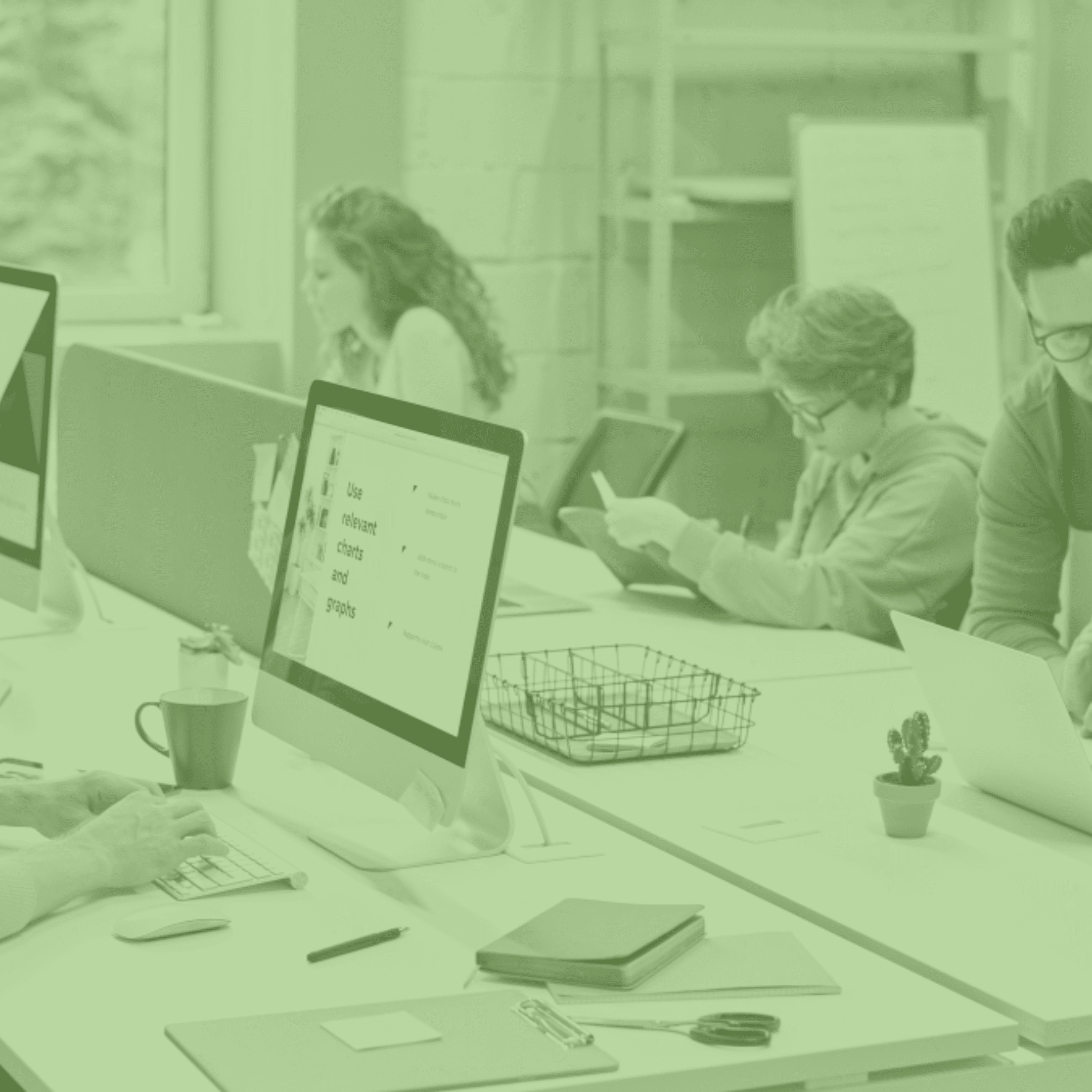Ways of Working Principles

A lot of the conversations I’ve been having lately have revolved around Seek.com.au Friends looking for new jobs, leaders concerned they’ll lose their best talent to a better offer. These anecdotes are backed by research. We know from Microsoft’s 2021 work trend index that 40% of the global workforce were thinking of leaving their employer in 2021. What’s more, employee engagement research from Gallup tells us that nearly 85% of employees worldwide are not engaged or are actively disengaged. To zoom in closer to home, only 14% of Australian and New Zealand employees are engaged at work, which means we’re below the global average. At this stage, I think it’s fair to say there is a lot of room for improvement.
Further to our mention of the “great reshuffling” last week, one million Australian employees commenced a new job in the three months prior to November 2021. An additional 300,000 employees left a job between November 2021 and February 2022 because they were looking for better job opportunities. So, how did they decide where to go?
Whilst a lot of companies are concerned about talent leaving for salary increases, data from Atlassian and PWC’s 2021 return on action report found that in fact the top priority for US and Australian workers was mental health and wellness, with 69% of employees saying they would turn down a promotion in favour of preserving their mental health. This trend was found to be true across all age groups and income levels. In addition, over 50% of employees said they’d change jobs for more remote working opportunities.
With this in mind, what can you do to not only safeguard your existing talent, but attract new talent? Here at Inventium we believe that taking an inclusive & collaborative approach to defining your ways of working will dramatically improve employee engagement and satisfaction in the hybrid work environment.
This point in time feels like the right moment to start getting intentional with our ways of working. The first two years of the pandemic felt like we were holding on for dear life. However, with many of us now triple vaxxed and borders opening, we see now as a time to take stock of what’s working and most importantly what’s not working when it comes to HOW we work.
Here at Inventium we have developed ways of working (WoW) operating principles. These principles are a go-to artifact to signal to the team how we work together. These principles are born out of a 4 step process of assessing the current state, creating WoW values, developing WoW operating principles and then bringing this to life in your organisation.
We see operating principles as the guiding lights to help people know how to approach their work. Questions like:
- What we do (workload, hours v output, deep v shallow, practices to support individual focus time)
- Where we work from (location)
- When we work (working hours)
- How we communicate (mechanisms for communication, meetings, asynchronous vs synchronous)
Take how we communicate for example. We got sick of the endless pings and dings (that only intensified when we moved to being 100% remote), so we decided to align as a team on what methods of communication we use for what types of communication. We brought this to life in what we call a team communication guide. This one-pager details what we use synchronous vs. asynchronous communication for and our preferences for communication tools:
- Asynchronous deeper/written collaboration = Google Docs and Google Sheets, Email
- Asynchronous quick chat = Google Chat or SMS
- Quick synchronous communication = phone
- Longer synchronous communication = Zoom (if slide sharing) or Hangouts (if just talking)
We also dive into what urgent actually means and our key communication values. We believe that getting intentional and aligning as a group on how we communicate has had a massive impact on our effectiveness, engagement and ability to collaborate at Inventium.
Try reflecting on your team’s operating principles. Have you just taken ways of working from the office and tried to retrofit them into the hybrid environment? Now is a great time to reflect on how you and your employees want to be working, and how to do that effectively.


